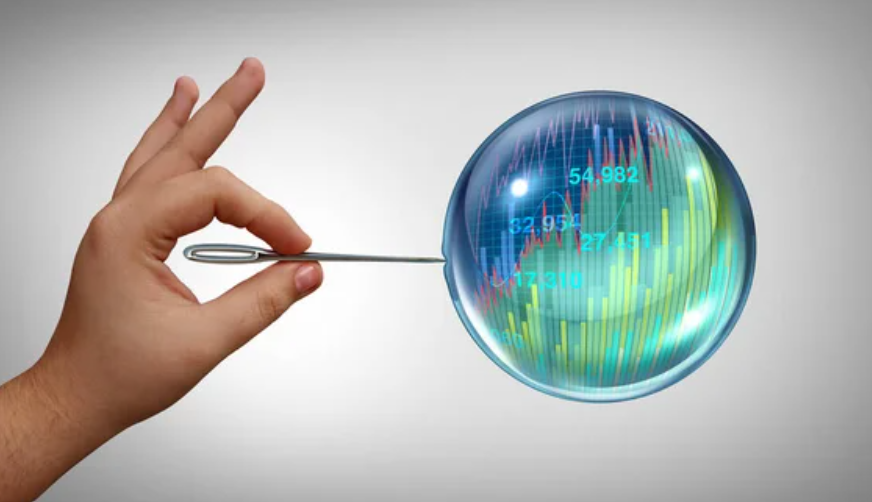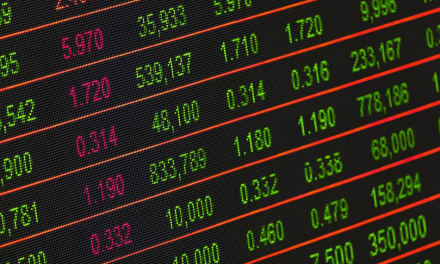The buzz around artificial intelligence (AI) stocks potentially entering bubble territory is growing louder, and for good reason.
The internet is abuzz with discussions on a looming AI Stock bubble, fueled by dramatic surges in the share prices of companies like Arm Holdings (NASDAQ: ARM) and Super Micro Computer (NASDAQ: SMCI). Arm Holdings, known for its efficient CPU chips for AI applications, saw its stock jump by 42% following a robust earnings report, adding to a 48% increase just days earlier. Similarly, Super Micro Computer, a provider of servers and storage solutions ideal for AI, has seen its value skyrocket by 169% year to date. Meanwhile, Nvidia (NASDAQ: NVDA), a leader in the generative AI space, has enjoyed a 46% increase this year, building on a more than threefold rise the previous year.
This rapid appreciation in stock prices, often outpacing fundamental corporate growth, signals to many the formation of a bubble—a scenario where asset prices inflate irrationally, only to eventually plummet.
Yet, this volatility and hype also present opportunities for savvy investors. If you’re eyeing these AI stock price surges with skepticism, it might be worthwhile to reflect on the insights of George Soros, the billionaire investor behind Soros Fund Management. Soros, whose Quantum fund became the most profitable hedge fund in history, is celebrated for his strategic success, including earning $1 billion in a day from the British pound in 1992.
George Soros’ Strategy on Navigating Market Bubbles
In 2009, Soros openly shared his strategy towards bubbles: “When I see a bubble forming, I rush in to buy, adding fuel to the fire. That is not irrational.” He believes in a “two-way reflexive connection” between market perceptions and reality, which can initially amplify but ultimately undermine boom-bust cycles. Soros’ philosophy highlights the psychology driving AI stocks upwards: solid performance and AI industry growth lure investors into a momentum-driven rally, betting on continued price ascents.
Soros is known for his bold moves when confident in his position, as Stanley Druckenmiller, another billionaire investor, pointed out: “As far as Soros is concerned, when you’re right on something, you can’t own enough.” However, as of the last reporting period on September 30, Soros’ actions suggest a cautious stance on AI stocks. His fund had acquired 17.4 million shares of Arm but had divested all its Nvidia and Microsoft shares, possibly indicating a belief that their price gains had peaked. Additionally, the fund took positions in puts on the Invesco QQQ Trust, hinting at a protective strategy against a potential drop in top tech stocks, though this could also serve as a hedge.
Evaluating the AI Stock Bubble Debate
The swift ascension of stocks like Nvidia and Supermicro could easily be construed as bubble symptoms. Yet, the exceptional financial performance of these companies argues against such a simplistic view. Nvidia’s revenue and profits have surged, evidencing a robust business momentum that aligns with its stock performance. The underestimation of AI infrastructure demand by Wall Street, as shown by Nvidia and Supermicro’s earnings surpassing expectations, further supports the stocks’ upward trajectory.
Investors eyeing AI stocks should indeed exercise caution and diligence, monitoring whether business outcomes justify market valuations. However, the current momentum in the AI hardware sector suggests potential for further growth. In light of this, adopting Soros’ approach to “ride the bubble” could be a strategic move, leveraging the ongoing market dynamics for potential gains.
In navigating the complex and volatile landscape of AI stocks, investors are reminded of the importance of informed decision-making, balancing the excitement of rapid gains with a grounded analysis of underlying business value.





